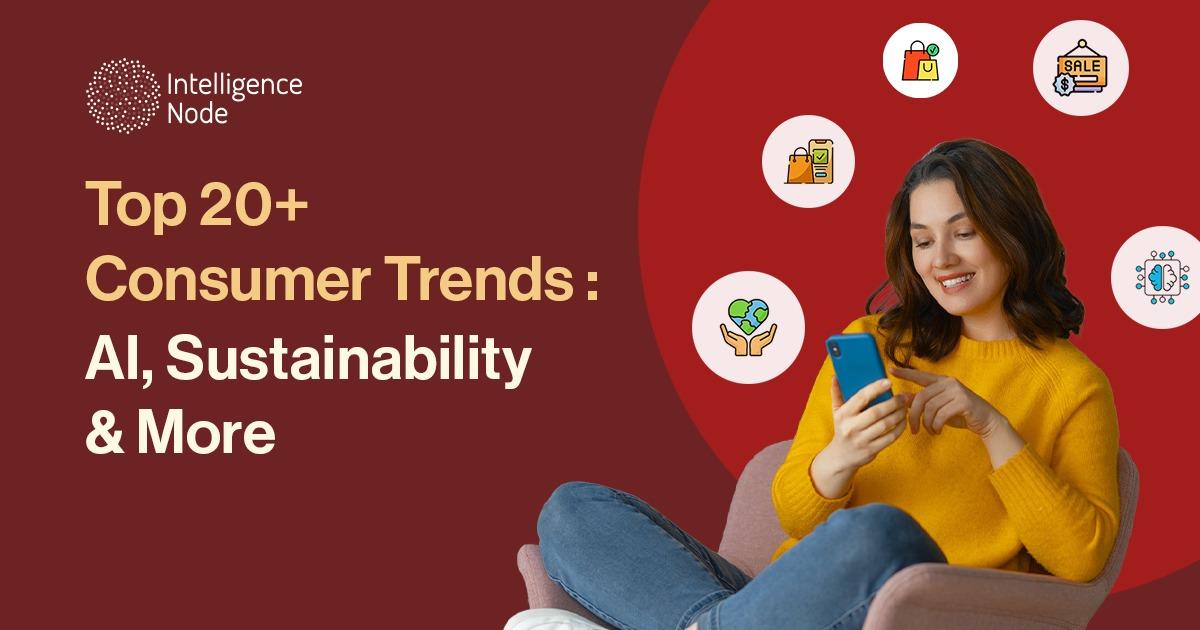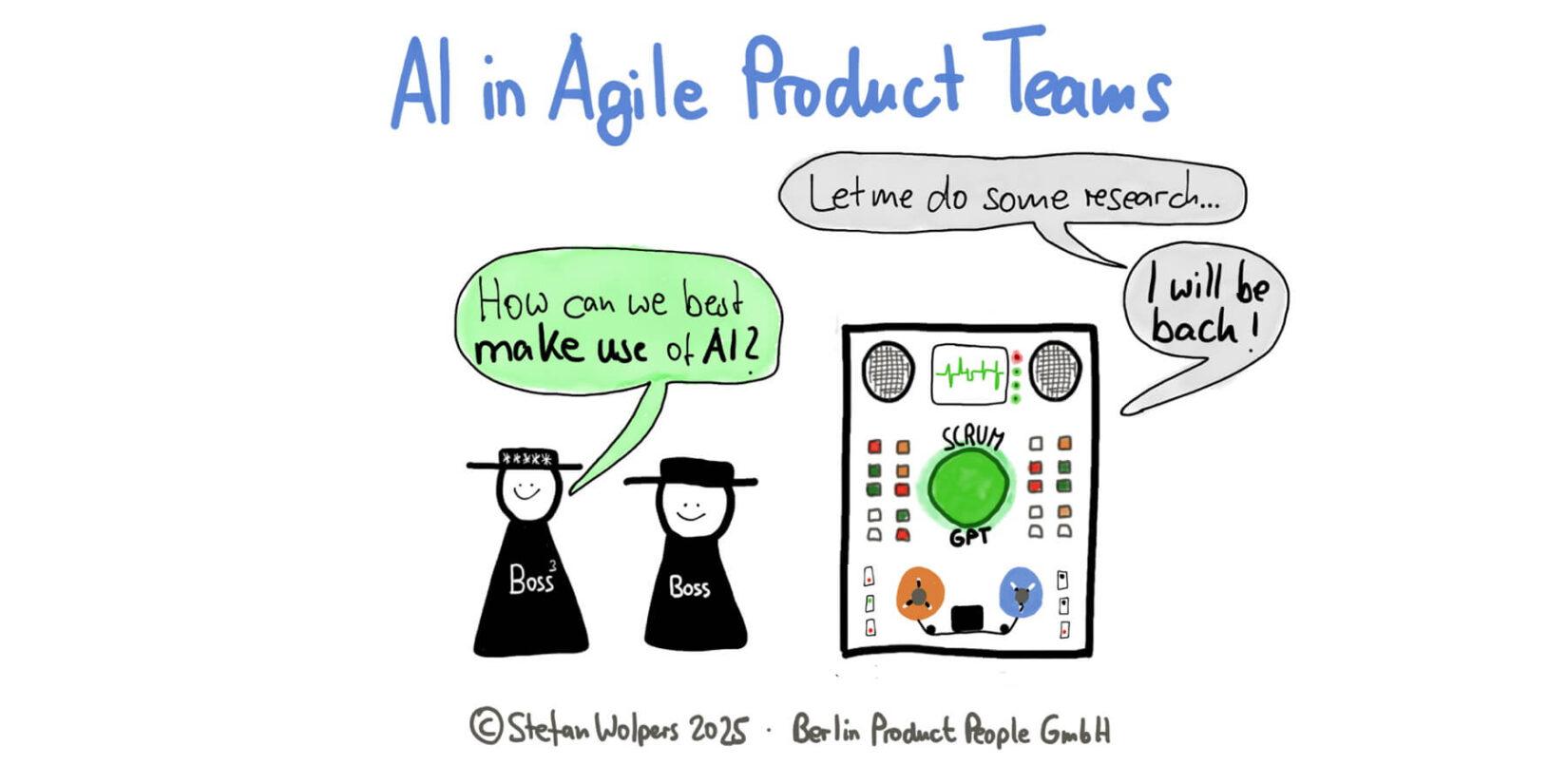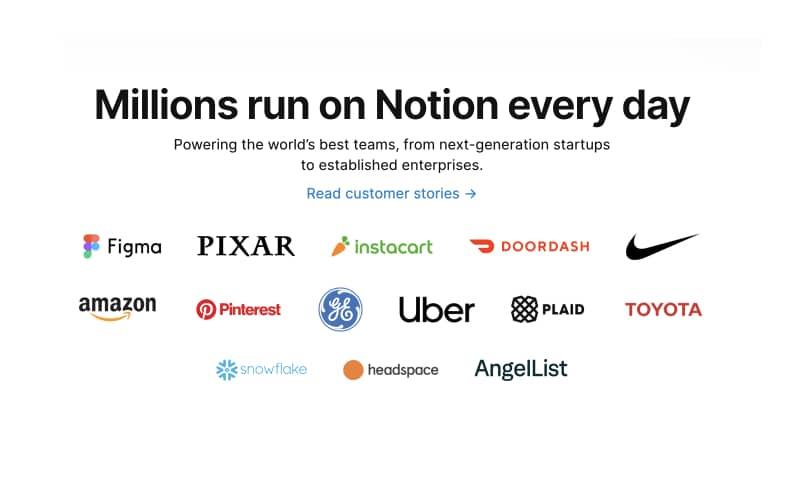In the fast-paced world of e-commerce, staying ahead of the curve can mean the difference between soaring sales and missed opportunities. As consumer tastes shift rapidly and competition grows fiercer, identifying trending products before they explode in popularity has become a crucial skill for savvy sellers. Enter artificial intelligence-a powerful tool that can sift through vast amounts of data, uncover hidden patterns, and predict what’s next on the market. By harnessing AI, entrepreneurs and businesses can move from guesswork to informed decisions, transforming how they find and offer products that truly capture consumer attention. This article explores how AI is reshaping product discovery, turning data into insights and trends into tangible profits.
Table of Contents
- Harnessing AI Algorithms to Identify Emerging Market Trends
- Analyzing Consumer Behavior with AI for Precise Product Selection
- Implementing AI Tools to Optimize Your Product Sourcing Strategy
- Q&A
- To Conclude

Harnessing AI Algorithms to Identify Emerging Market Trends
By leveraging advanced AI algorithms, businesses can swiftly uncover subtle shifts and surges in consumer behavior before competitors do. These technologies analyze vast datasets from social media, e-commerce platforms, and search engines to detect patterns and keywords signaling new product interests. Integrating machine learning models allows for continuous refinement of trend predictions, helping sellers to:
- Spot rising product categories with high demand potential
- Identify seasonal fluctuations in consumer interest
- Analyze geographic hotspots for niche market opportunities
- Forecast upcoming trends to adjust inventory proactively
This data-driven approach transforms intuition into actionable insights, empowering entrepreneurs to stay ahead in a fast-evolving market landscape.

Analyzing Consumer Behavior with AI for Precise Product Selection
Harnessing the power of AI transforms the way businesses understand their customers, moving beyond basic demographics to decode deep patterns and preferences. Advanced algorithms sift through vast datasets like social media trends, online reviews, purchase histories, and even real-time browsing behaviors to deliver insights that help pinpoint exactly what products are poised for demand. This data-driven approach offers several benefits:
- Predictive Accuracy: AI identifies emerging patterns before they hit mainstream awareness.
- Personalized Targeting: Enables tailoring product offerings to niche audiences with unmatched precision.
- Dynamic Trend Spotting: Continuously updates product relevance as consumer interests shift.
Below is a simplified overview of key AI tools used in consumer behavior analysis:
| Tool | Purpose | Key Feature |
|---|---|---|
| Natural Language Processing (NLP) | Analyzes customer sentiment | Sentiment analysis |
| Machine Learning Models | Forecasts buying trends | Pattern recognition |
| Recommendation Engines | Suggests complementary products | Personalized suggestions |
By integrating these AI-driven insights, sellers can confidently select products that resonate deeply with their target market, ultimately boosting conversion rates and staying ahead in competitive landscapes.

Implementing AI Tools to Optimize Your Product Sourcing Strategy
Harnessing AI-driven platforms revolutionizes how businesses identify and capitalize on emerging market trends. By integrating advanced algorithms and real-time data analytics, you can:
- Analyze vast consumer behavior patterns swiftly, uncovering preferences and seasonal spikes before competitors.
- Automate supplier scouting to shortlist high-quality vendors based on performance metrics, price fluctuations, and reliability.
- Forecast demand accurately, minimizing overstock and ensuring inventory aligns perfectly with anticipated sales.
Additionally, AI tools can streamline negotiations by providing insights into supplier market standings and optimize product assortment dynamically, allowing businesses to stay agile in a fast-paced marketplace.
Q&A
Q&A: Using AI to Find Trending Products to Sell
Q1: What does it mean to use AI to find trending products?
A1: Using AI to find trending products means leveraging artificial intelligence tools and algorithms to analyze vast amounts of data-like social media buzz, search patterns, and sales figures-to identify products gaining popularity. Instead of guessing, AI helps sellers pinpoint what’s hot and in-demand in real time.
Q2: How is AI better than traditional methods of spotting trends?
A2: Traditional trend spotting often involves manual research, gut feelings, or slow analysis of sales data. AI, on the other hand, can process millions of data points instantly, recognize subtle patterns, and predict rising trends with much higher accuracy and speed, giving sellers a crucial competitive edge.
Q3: What types of AI technologies are used for this purpose?
A3: Common AI technologies include machine learning algorithms, natural language processing (NLP), and data mining tools. These can monitor social media conversations, e-commerce platforms, and search engine queries to unearth emerging products and consumer interests.
Q4: Can AI predict how long a product will stay trendy?
A4: AI can estimate trend longevity by analyzing historical data and current momentum, but predicting exact durations remains a complex task. Some products spike briefly as fads, while others grow steadily into long-term winners-AI helps identify these different patterns but can’t guarantee precision.
Q5: Is AI useful for all types of products?
A5: AI is effective across numerous product categories, from fashion and gadgets to health and home goods. However, its success depends on the availability and quality of data. Niche or highly specialized products may pose more challenges due to less public data for AI to analyze.
Q6: What role do humans play when using AI for product trends?
A6: Humans add critical judgment and creativity to complement AI findings. While AI provides data-driven insights, sellers interpret those insights in the context of their brand, target market, and business model to make smart, strategic decisions.
Q7: Are there any risks in relying on AI to find trending products?
A7: Yes-AI is only as good as the data it analyzes, which means biases or gaps can affect results. Also, blindly following AI without market knowledge can lead to chasing short-lived fads or missing nuanced consumer preferences. Balancing AI insights with human expertise is key.
Q8: How can new sellers start using AI to discover trending products?
A8: Beginners can explore affordable AI-powered tools and platforms designed for e-commerce analytics, social listening, and trend forecasting. Starting with clear goals and experimenting with different AI services can help sellers gain confidence and refine their product choices over time.
Q9: Will AI replace traditional market research in finding trending products?
A9: AI won’t replace market research entirely but will transform and enhance it. Combining AI’s speed and analytical power with human creativity and market experience creates a more robust approach to identifying profitable products.
Q10: What’s the future outlook for AI in trend discovery?
A10: As AI technologies advance, expect even more precise, real-time trend predictions fueled by deeper insights like consumer sentiment and buying behavior patterns. AI will become an indispensable partner for sellers eager to stay ahead in a fast-changing marketplace.
To Conclude
In the ever-shifting landscape of commerce, staying ahead means embracing the tools that decode tomorrow’s trends today. AI doesn’t just sift through data – it uncovers the hidden patterns and emerging desires that define the next hot product. By harnessing its power, sellers can move beyond guesswork, tapping into insights that turn mundane inventory decisions into strategic leaps. As technology evolves, so too does the art of selling, transforming curiosity into clarity and potential into profit. In this new frontier, AI isn’t just an advantage-it’s the compass guiding your next big find.




